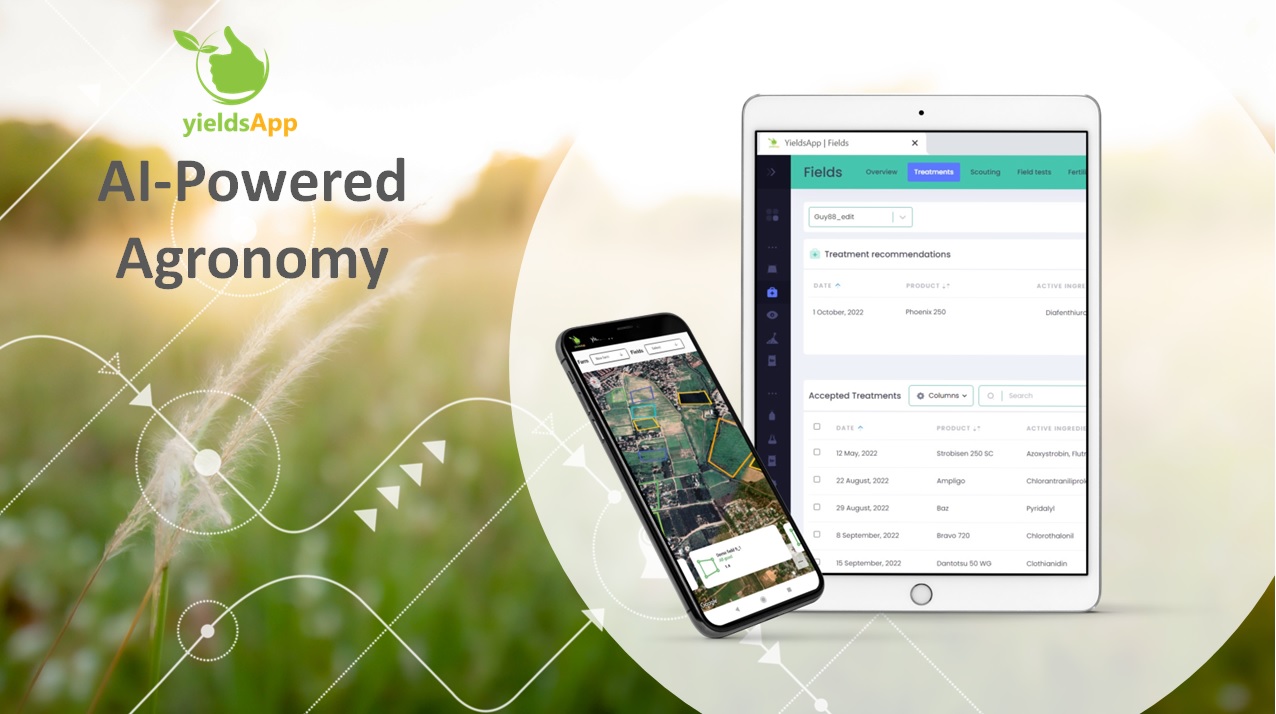Planting Density: Maximizing Crop Yield and Quality
Planting density is a crucial factor in agriculture that significantly influences crop yield and quality. It refers to the number of plants per unit area of land, typically measured in plants per acre or hectare. Determining the optimal planting density involves considering various factors, such as plant size and growth habit, soil fertility, water and nutrient availability, and climate and weather conditions.
If plants are spaced too closely together, they may compete for resources such as sunlight, water, and nutrients. This competition can result in reduced growth, lower yields, and increased susceptibility to pests and diseases. On the other hand, if plants are spaced too far apart, the potential yield might not be achieved.
Factors Affecting Optimal Planting Density
Several factors influence the optimal planting density for a crop. The size and growth habit of the plant play a crucial role. Deep-rooted crops like legumes and root vegetables can tolerate higher planting densities, while shallow-rooted crops like lettuce and brassicas benefit from lower densities to avoid competition for resources such as water and nutrients.
Soil fertility also plays a significant role in determining planting density. Soils with high nutrient and water-holding capacity can support higher planting densities, while poorer soils may require lower densities to prevent nutrient depletion and ensure optimal plant growth. Conducting soil tests and considering nutrient management practices can help determine the appropriate planting density.
Water and nutrient availability are essential considerations. In areas with high rainfall or irrigation, higher planting densities may be feasible as plants will have access to sufficient moisture and nutrients. However, in drier regions, lower planting densities may be necessary to prevent water stress and ensure that plants receive enough moisture for healthy growth.
Climate and weather conditions also impact optimal planting density. Regions with favorable climatic conditions, such as moderate temperatures and adequate rainfall, may allow for higher planting densities. On the other hand, areas with extreme temperatures or unpredictable weather patterns may require lower planting densities to mitigate risks and optimize crop performance.
How to Determine the Optimal Planting Density
To find the optimal planting density, farmers can conduct planting density trials. These trials involve planting different densities of seeds in separate plots and closely monitoring the growth and development of the plants. By comparing the yield and quality of the crops at different densities, farmers can determine the ideal density for their specific soil and climate conditions. This data-driven approach allows for informed decision-making and helps maximize crop productivity.
Other factors to consider when determining planting density include the type and size of the seed, the type of planting equipment being used, and the cost of seed and other inputs. For example, smaller seeds may require a higher planting density to achieve the same yield as larger seeds. This is because smaller seeds generally have less stored energy and nutrient reserves compared to larger seeds. To compensate for this, a higher planting density is often necessary to ensure that an adequate number of plants emerge. By increasing the number of smaller seeds planted in a given area, farmers can increase the chances of successful germination and achieve a comparable yield to that of larger seeds.
Methods for Planting at Optimal Density
Various methods can be employed to plant crops at the ideal density. Traditional methods such as hand planting involve manually placing seeds at the desired spacing. While this method may be suitable for small-scale operations, it can be labor-intensive and time-consuming.
Modern methods, such as precision planting using specialized equipment, offer greater accuracy and efficiency. Precision planters are equipped with technologies that ensure consistent seed placement at the desired spacing, optimizing planting density. This approach not only saves time and labor but also contributes to uniform plant growth and improved crop performance.
Impact of Planting Density on the Economic Viability
Planting density also has implications for the economic viability of a crop and the cost of production. While higher planting densities can potentially yield greater outputs, they may require more inputs such as seeds, water, and labor. This can increase the cost of production and potentially reduce profitability. Therefore, finding the balance between planting density and economic feasibility is crucial for farmers.
Examples of Planting Densities for Different Crops:
Here are some examples of planting densities for different crops:
- Tomato: 20,000 – 50,000 plants per hectare
- Cucumber: 30,000 – 50,000 plants per hectare
- Corn: 20,000 – 45,000 plants per hectare
- Potato: 8,000 – 35,000 plants per hectare
- Pepper: 20,000 – 50,000 plants per hectare
- Avocado: 300 – 1,500 trees per hectare
It’s important to note that these figures serve as general guidelines, and actual planting densities may vary based on crop-specific needs and regional conditions. Factors such as plant variety, farming practices, and available resources can influence the optimal planting density for a particular crop in a specific location.
Unlock the Potential of Your Farm with yieldsApp!
Access personalized agronomic recommendations tailored to your specific farm conditions for the next year. Say goodbye to generic advice and revolutionize your farming practices.
🌱 Data-Driven Insights 🌾 Optimize Crop Management 💡 Make Informed Decisions
Advanced AI Technology: Harness the power of cutting-edge artificial intelligence to optimize your crop management practices, including fertilizer management, soil health, pest and disease management. yieldsApp’s AI algorithms analyze data and provide tailored recommendations for your farm.
Personalized Precision: Say goodbye to generic advice. yieldsApp takes into account your specific farm conditions, including soil health, weather patterns, and crop requirements, to deliver customized recommendations that maximize your yields.
Data-Driven Insights: Make informed decisions backed by real-time data. yieldsApp collects and analyzes vast amounts of agronomic data, providing you with valuable insights that drive your farm’s success.
Join the growing community of farmers who trust yieldsApp to revolutionize their farming practices.
Click here to learn more



